‘It should be a living museum, a conservatory of information on Kodavas, a place where researchers can seek knowledge’
A Kodava Heritage Centre is being constructed at Vidyanagar near Madikeri, Kodagu District and construction has picked up only now though the idea was conceptualised way back in early 2000 when Rathi Vinay Jha, an IAS Officer (now retired) and a Kodavathi of Codanda family, was the Secretary, Ministry of Tourism, Government of India, in New Delhi.
She is the sister of Codanda G. Somiah, who served as the eighth Comptroller and Auditor General of India and who was known for his honesty and impeccable career record. In fact, it was Rathi Vinay Jha, who came up with the idea of this Kodava Heritage Centre with a Kodava Museum — to be built like the traditional Kodava Ainmane (family dwelling with a quadrangle) — comprising an auditorium, a library, a museum with artefacts, items of excavation, tradition, implements, attire, weapons, etc.
Rathi Vinay Jha spoke to Star of Mysore about the conceptualisation of Kodava Heritage Centre, the delayed process, the way forward and also the role of Kodava Samajas and the community in realising the intentions of the Centre. Excerpts:

By B.C. Thimmaiah
Star of Mysore (SOM): How did you conceptualise the Kodava Heritage Centre? Being a top bureaucrat, what went through your mind when the seed began to germinate? Was it giving back to your homeland or to uphold the unique Kodava culture?
Rathi Vinay Jha: I was Secretary to the Union Ministry of Tourism from 2001 to 2004. Among the many projects that were initiated in India at that time, this one in Kodagu was to set up a Heritage Centre to showcase Kodavas as a unique cultural entity. In spite of the beauty of our land and the rich culture and traditions of the people, till this time there was not a single grant of this order to Kodagu district.
So, in early 2004, the Ministry of Tourism gave a grant of Rs. 5 crore to Government of Karnataka to develop a lot of important landmarks in Kodagu. The State Government identified more than 15 sites to be improved such as Raja’s Seat, Abbi Falls, Gaddige, Iruppu Falls, Nalknad Palace, etc., and work was carried out on them. Out of this Rs. 5 crore grant, an amount of Rs. 1 crore was specifically earmarked to construct a Kodava Heritage Centre. This Centre was to be a museum, a research centre, a venue to showcase our traditions of dance, music and much else.

SOM: The foundation stone was laid on Sept. 21, 2011. Much water has flown under the bridge since then but work has progressed only a little. Who has to take the blame for this fiasco?
Rathi Vinay Jha: Though the project was sanctioned in 2004, there was little progress till 2010 when land was identified in Madikeri. It had to be set up in a central place with assured visitor footfalls and Madikeri was therefore suited to this concept. And then the construction was taken up in 2011 by the Public Works Department (PWD). However, I suppose bureaucratic apathy and a bad choice of contractors led to shoddy construction. And to add to that the contractor was also suspended as he had not done his work properly leading to loss of public funds and an incomplete building.
There has been an effort to complete this construction more recently but I hear it is stuck again for required sanction of additional funding. The Government of Karnataka (Department of Tourism) must take interest and responsibility to ensure completion of not just the construction of building but also commission the Kodava Heritage Centre. The Kodagu Deputy Commissioner must be entrusted with this task of overseeing and completing the Centre.

SOM: What did you find amiss during your visit to the Heritage Centre in the first week of October this year? You were mentioning the difficulty you had faced while climbing the steps.
Rathi Vinay Jha: I did visit the construction site on Oct. 1. DC Charulata Somal (since transferred) and Ishwar Kumar Khandoo, Assistant Director of Tourism Department, were present with all officials concerned. Work was at a standstill and when resumed fully will perhaps take at least six months plus to complete the basic shell of the structure.
The construction at this stage needs intervention to plaster internal laterite walls and prevent water cascading into the museum rooms to avoid monsoon infestation by insects and mildew. Step risers are beyond normal height to be convenient to the differently-abled, etc. And it is vital to certify the structural stability of the building as it stands now. In short, a lot more thought has to be given and much work has to be done to bring out a well-structured building in the first place. The building is only the first stage of work on this Heritage Centre.

SOM: What should be the composition of the Kodava Heritage Centre with respect to art, culture, tradition, people, community customs and beliefs?
Rathi Vinay Jha: This Centre was to showcase the history, ethnology, people, culture, language, customs, cuisine, coffee and spices, environment (flora/fauna etc.), architecture, attire, jewellery etc. It was also considered that a section of the museum be dedicated to the community’s contribution to Defence Forces. It was to be a museum and resource centre focusing on the community in all aspects of their lives. Research for content creation for the museum and planning of interiors is a task that can be started once the issues of completing the construction are resolved.
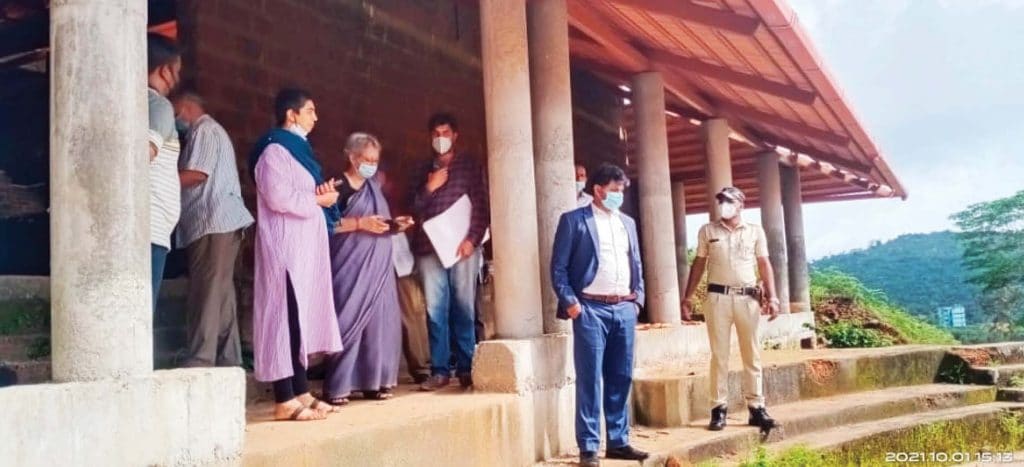
SOM: Kodava Heritage Centre looks a bit disconnected from the community taking into account the fact that many Kodavas do not know about this Centre or even if they do, they are not bothered. This is not true when it comes to such heritage centres of other communities where there is full involvement in conservation and propagation of those cultures…
Rathi Vinay Jha: This project has been very much in the news. However, I hope this interview will bring it to the notice of many more! The site has also been visited by many community and political representatives. Last December representatives of Madikeri Kodava Samaja visited the site. It is now for the Government of Karnataka (Department of Tourism) that is funding the project to open up a dialogue with the community leaders and associations.
A Committee under the Chairmanship of the DC was constituted and did meet a couple of times in 2010-11. It is time that the idea of such a Committee is revisited by the DC with representatives of Kodava Samajas and other leaders as members. People’s representatives like our MLAs and MLCs also have a big role to play. I heard that there was a visit to the site last month by some of them. So, our community leaders must take interest.

SOM: Will it be another museum of sorts without contributing much towards the preservation and furtherance of the community interests?
Rathi Vinay Jha: Such museums elicit a lot of visitor interest elsewhere. Here it is expected to serve the community as well as visitors from the diaspora and beyond. It should be a living museum, a conservatory of information on Kodavas, a place where researchers can seek knowledge, a Centre to facilitate documentation of history, exchange of ideas and a lot more. It will need to be sustained with care and attention. The Kodavas in Kodagu have a big role to play in its success. Ultimately, it is only the community that can make it happen.

SOM: What should be the role of Kodava Samajas and the Federation of Kodava Samajas in taking forward the Kodava Heritage Centre? To make a point here, all Kodava Samajas are not active except as marriage halls.
Rathi Vinay Jha: Kodava Samajas which are resident and active in Coorg should take the initiative to take this forward. And then invite Samajas from outside the district to join in. Since the Kodava Samaja in Madikeri has shown interest by the visit of its President to the site in December last year, they should meet the DC to set a plan of action. If this project is well directed, it will be an asset to Kodagu and the Kodavas. If there is a will there will be a way.

SOM: Of late many Kodava youth wings and organisations have been born and demonstrated that they can do exemplary work. What role do you foresee for them to take Kodava Heritage Centre initiative forward?
Rathi Vinay Jha: Yes, I have heard of a number of such organisations led by youths in the community. They are doing excellent work. They are our future. They cannot let the Kodavas vanish. They have an important role to play. The most important aspect is that we all need to be united in our mission. If we can put our minds together and speak in one voice, we can achieve a lot.

Kodavas of Kodagu: A vanishing tribe?
A well-known research scholar and writer Kaveri Ponnapa of Kodava community had written a tome of a pictorial research book in the year 2013 titled “The Vanishing Kodavas” after 15 years of research in India and abroad.
And way back in the year 2004, when Rathi Vinay Jha, an IAS Officer from the Kodava community, was the Secretary, Ministry of Tourism, Government of India, New Delhi, she sanctioned the project as if she had the premonition of Kodavas becoming an extinct race over the next century or even before.
The project, aptly named ‘Kodava Heritage Centre,’ is conceptualised to preserve the memory of this endangered race for future generation of people living in Kodagu and outside. Kodava community and Kodagu, their homeland, are today at crossroads of a new democratic history of our country, India.

There is no positive response from the State or Central Governments for the preservation and development of this community and its landed property, clubbing them with the brute majority of other major communities. No wonder even after 10 years of starting the project it is not complete. Hence, the need to learn from Kaveri Ponnapa’s book and greater need to listen to Rathi Vinay Jha, who has initiated this MOST IMPORTANT ‘Kodava Heritage Centre’ project. Every Kodava and their organisations must join hands with her. Only the united effort of Kodava community could get this project completed.
—K. B. Ganapathy, Founder-Editor



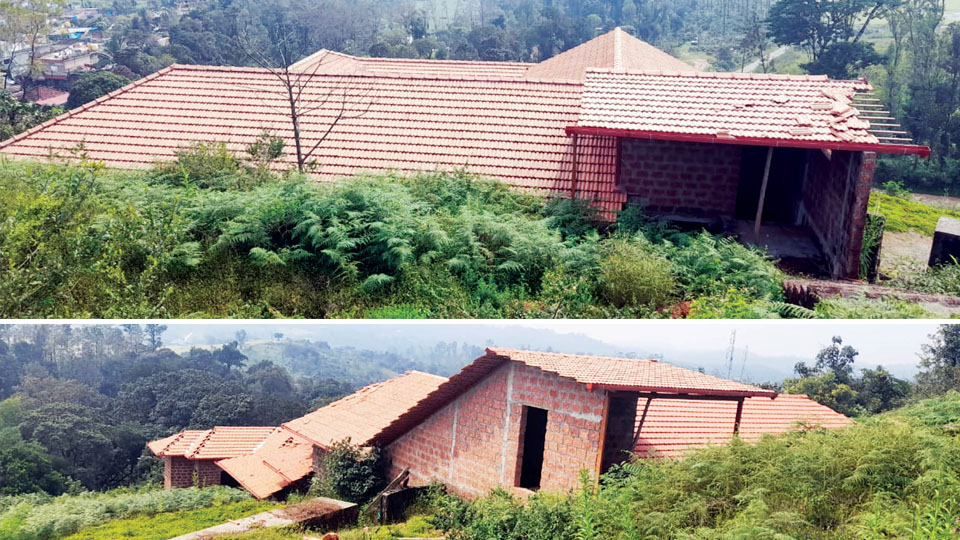
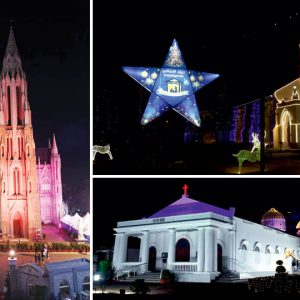
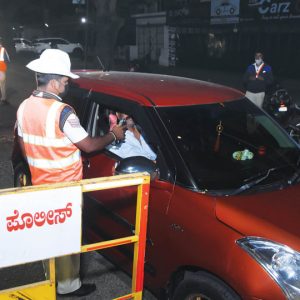
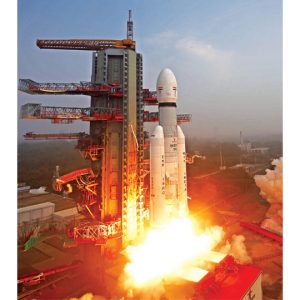
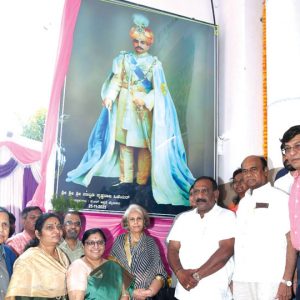
Recent Comments